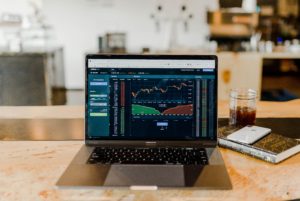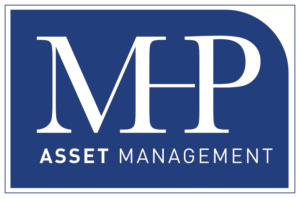Couple of weeks ago, I was listening to the financial channel on the radio in my car when the commentator said, “the markets have closed up, a record 13 days in a row, into record territory, the last time this happened was in 1987”. My ears perked up when I heard that statistic because I remember that October 19, 1987 was a devastating day for equity markets not only in this country but around the world.
First off let me state that I am not trying to scare anyone into believing that the parallels I am drawing between 1987 and almost 30 years later are going to repeat. I like history and I like statistics, so consider this nothing more than food for thought.
In the mid-80s we were involved in a very fast economic recovery with a President who expanded the economy after the recession of the 70s and early 80s. If you wanted to work in this country, there was a good paying job for you. The US dollar strengthened, inflation picked up which in turn created a higher interest rate environment. In August 1987, the Dow Jones industrial average peaked, and multiples, otherwise known as price earnings ratios were expanding. When you get multiple expansion, you need the actual earnings to keep up or you’ll have contraction in the markets. Many of these earnings are based on forward-looking numbers.
October 15, 1987, Iran hit our supertanker “Sungari” flown under a Liberian flag and then hit “Sea Isle city” with a silkworm missile. These events in conjunction with equity markets (stocks) that had gotten ahead of itself, a strong dollar which makes exports more expensive, program trading in the markets, and market participants (you and I) having become very complacent, all contributed to the perfect storm.
We are much earlier in the economic cycle of expansion currently, however the dollar is strengthening, interest rates are rising, we have multiple expansion in the equity markets, compounded by the fact that we have not had a meaningful market correction in over eight years.
A swift meaningful correction is not necessarily a bad thing. It allows new money to get into the markets at better pricing, and if you do not panic and sell your positions near the bottom, hopefully the equity markets can continue to move up.
If you were in a position needing to count on this money for retirement income, then I may rethink my position if I am in stocks or stock-based mutual funds. If the markets were to retract and go flat such as the period between 2000 and 2011, you could potentially exhaust your money if you are relying on that money for income.
If you are in stocks or stock funds, and you are in the “red zone” for retirement you need to familiarize yourself with the theory, “sequence of returns risk”. The “red zone” for retirement is roughly 10 years until your planned retirement date. There are ways to protect your capital that still may allow your money to grow. Contact my office if you would like to hear more about these concepts and our fee structure to manage assets, MHP works for you! Client funds are held at TD Ameritrade Institutional.
Mark Patterson is Chief investment officer with MHP Asset Management and can be reached at (603) 447-1979 or mark@mhp-asset.com.






















